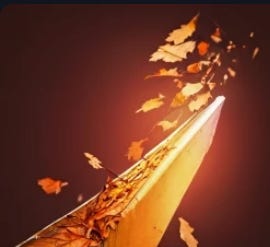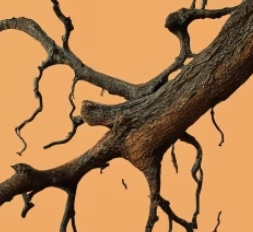Beware the Walnut Tree My Son...
This wasn’t just some tree getting rid of old used-up photosynthesis mechanisms. Those fallen leaves have a darker purpose for the tree.
They mess with the competition. If you leave them alone, those leaves build up a thick layer that other plants have trouble getting through, leaving all of those yummy resources for the tree. After all, an Oak can’t hunt around for things, it’s stuck in place. But leaves make favorable conditions for helpful fungi, and fertilizer, and block out other competitive plants.
Of course, the Black Walnut does all of this and also has another weapon - poison. [1] Surprised? You can eat the nuts or picnic under the shade, but for plants, this tree is a Jabberwock. The Juglone toxin can extend 50 to 80 feet from the base of the tree and can kill off or suppress many of your vegetables and ornamentals. You can do that experiment in your backyard if you have such a tree. Just plant various things under the tree canopy and in other places that have similar light and water, but no Black Walnut and observe the results.
Trees are not totally passive individuals. They grow tall to block sunlight from the competition. They coat the ground with leaves, sometimes acidic leaves, as with Pines. They may make thorns. They create toxins in some cases to discourage herbivores (or you) or other plants from eating them. [3] I might even speculate that crashing down hard and breaking nearby trees, may be a sort of competitive action, by big trees, that rewards their seedlings and punishes the smaller competition (just my speculation). But there is no doubt that trees actively compete - and they might surprise you with some of those methods.
Beware the Walnut Tree my Son, and the frumious Shagbark Hickory!




0 Comments:
Post a Comment
Subscribe to Post Comments [Atom]
<< Home